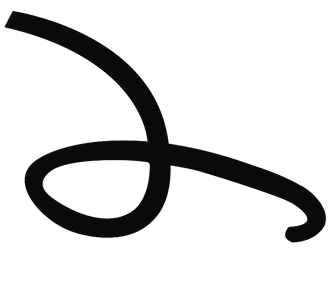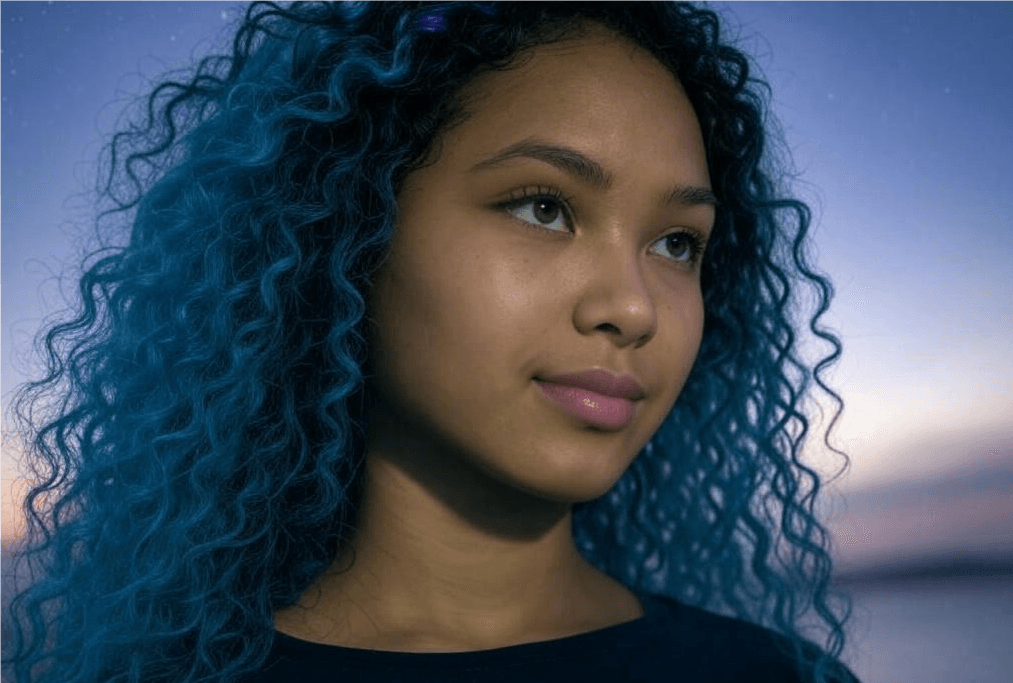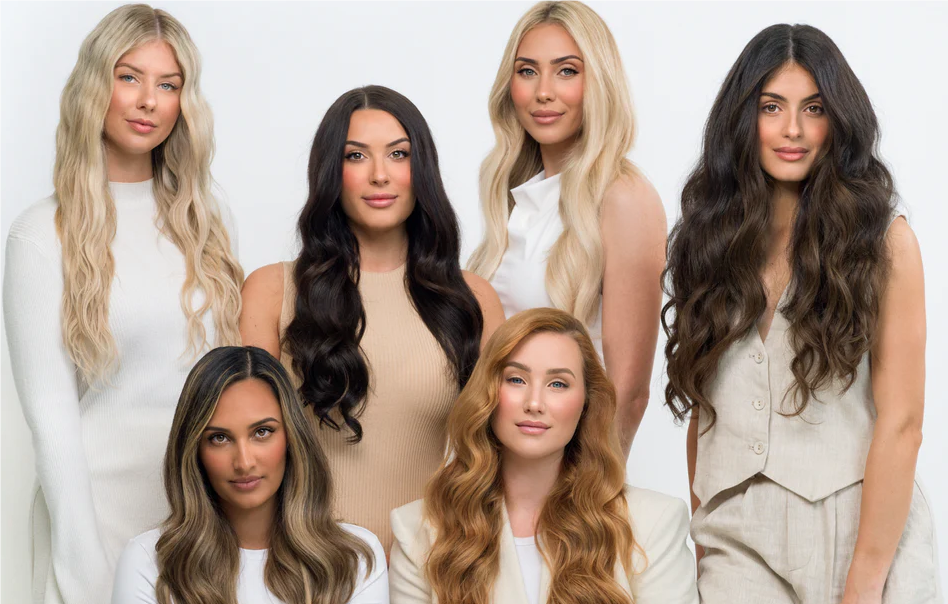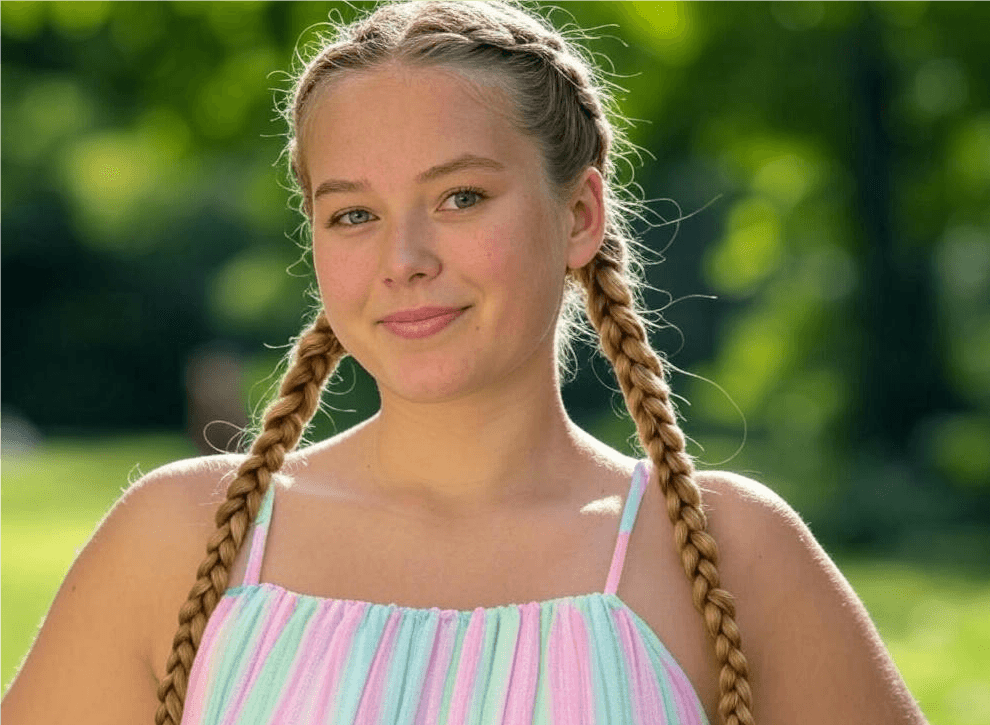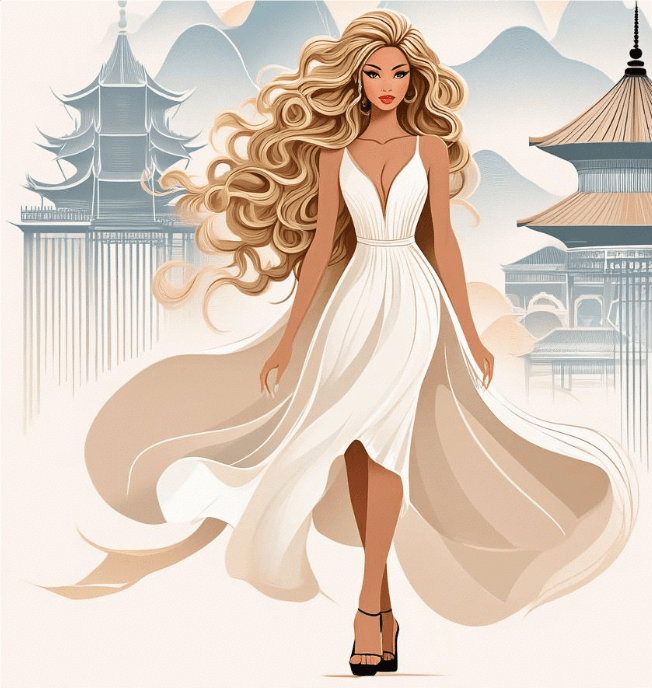The Enchanting Elegance of the Mongolian Ponytail: A Cultural and Fashionable Insight
The Enchanting Elegance of the Mongolian Ponytail: A Cultural and Fashionable Insight
In the vast tapestry of hairstyles that weave through human history, few have captured the imagination and admiration like the Mongolian ponytail. This timeless hairstyle, with its roots deeply embedded in the nomadic traditions of Mongolia, has transcended cultural boundaries to become a global fashion statement. Its simplicity belies a rich cultural heritage and a story of adaptability and resilience. This article delves into the origins, cultural significance, modern fashion interpretations, and the universal appeal of the Mongolian ponytail, weaving together a narrative that spans continents and centuries.
Origins and Traditional Significance
The Mongolian ponytail, often referred to as a "braided crown" or "warrior's tail" in Mongolian folklore, is a testament to the nomadic lifestyle of Mongolia's ancient inhabitants. Its origins can be traced back to the Mongol Empire, founded by Genghis Khan in the 13th century. In this rugged and unpredictable environment, where horsemanship was paramount, a practical hairstyle was essential. The ponytail, typically worn high on the head and secured with leather thongs or hairpins, facilitated ease of movement and kept hair out of the rider's eyes, enhancing both combat efficiency and daily chores.
Beyond its functional benefits, the Mongolian ponytail carried profound cultural and spiritual meanings. It was a symbol of bravery and strength, often adorned with jewelry or animal fur as a mark of status and rank. Among the nomadic tribes, long hair was considered sacred, representing one's connection to the ancestors and the natural world. Thus, the ponytail was not merely a hairstyle but a visible expression of one's identity and tribe's values.

During festivals and ceremonies, the ponytail would be meticulously braided, sometimes incorporating elaborate patterns or additional strands of hair from cherished animals, further enhancing its symbolic significance. It served as a medium through which individuals expressed their respect for tradition, community, and the natural environment that sustained them.
The Evolution Through Time
As Mongolia interacted with neighboring civilizations, the Mongolian ponytail evolved, absorbing influences yet retaining its core essence. During the Qing Dynasty in China, for instance, Mongolian princesses and noblewomen adopted more ornate versions of the ponytail, incorporating Chinese hair accessories and styling techniques. This fusion not only showcased cultural exchange but also underscored the adaptability of the hairstyle to different aesthetics and social contexts.
In modern Mongolia, while the traditional ponytail remains a cherished part of national dress during cultural events and celebrations, it has also transformed into a versatile fashion statement. Young Mongolians, influenced by global trends, now experiment with variations, incorporating colors, extensions, and modern styling products to create looks that are both contemporary and rooted in tradition.
The Global Fashion Stage
The Mongolian ponytail's journey from the Mongolian steppes to the global fashion scene is a remarkable testament to its enduring appeal. In recent years, designers and stylists have embraced this hairstyle, integrating it into high-fashion runways and red carpet appearances. Celebrities and fashion icons have adopted the Mongolian ponytail, showcasing its versatility and ability to complement diverse fashion aesthetics.

One of the reasons for its widespread adoption is its simplicity and elegance. Unlike some elaborate hairstyles, the Mongolian ponytail requires minimal effort yet yields striking results. Its clean lines and heightened sense of drama make it an ideal choice for both casual and formal occasions. Moreover, its ability to accentuate facial features and create an illusion of height has made it a favorite among fashion enthusiasts worldwide.
Cultural Appropriation or Appreciation?
The globalization of the Mongolian ponytail has sparked debates around cultural appropriation versus appreciation. On one hand, some argue that the widespread adoption of this hairstyle by non-Mongolians dilutes its cultural significance, turning it into a mere fashion trend devoid of its original context and meaning. On the other hand, others see it as an opportunity for cultural exchange and mutual understanding, arguing that the Mongolian ponytail's popularity can inspire interest in Mongolian culture, leading to deeper exploration and respect.

Navigating this delicate balance requires mindfulness and respect. When adopting the Mongolian ponytail, acknowledging its cultural origins and the stories it carries is crucial. Understanding its significance within Mongolian culture fosters appreciation rather than appropriation. Furthermore, engaging in conversations about cultural influences and inspirations can enrich our understanding of diversity and shared human heritage.
Conclusion: A Timeless Hairstyle for Modern Times
The Mongolian ponytail, with its rich historical background and adaptability to changing times, stands as a symbol of both tradition and innovation. Its journey from the horse-riding plains of Mongolia to the catwalks of international fashion hubs underscores its universal appeal and the power of cultural exchange. As we continue to embrace and adapt this hairstyle, let us do so with respect for its origins and an open heart towards the stories it tells. In doing so, we not only honor the legacy of Mongolia's nomadic past but also contribute to a world where cultural diversity is celebrated and cherished.
